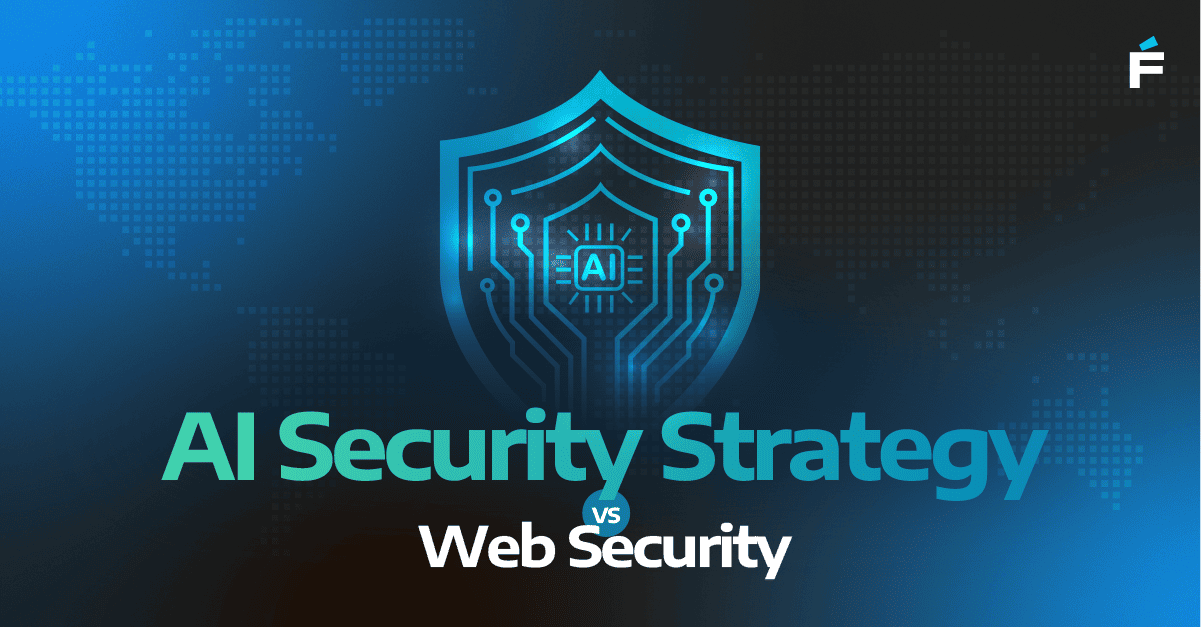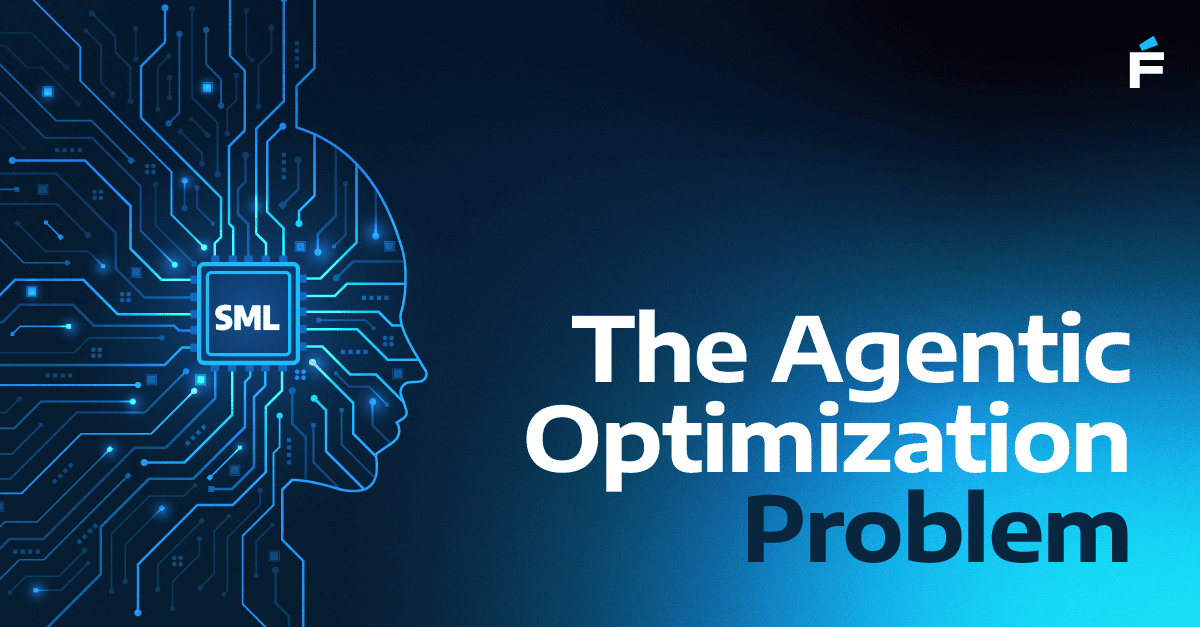MCP for Coordinated Threat Triage
At Forte Group, we are actively exploring how frameworks like MCP can redefine how software is delivered, monitored, and secured—especially in environments that demand precision, traceability, and coordination across systems and roles. This implementation is an excellent reference point for teams designing agentic systems with real-world impact.
The GitHub repository mcp-for-security presents one of the most compelling demonstrations yet of the Model-Context-Protocol (MCP) framework applied to a real-world domain: cybersecurity. Developed by Cyprox, the project exemplifies how autonomous agents can coordinate effectively to perform structured, high-context tasks such as threat investigation and incident triage.
MCP, formalized in"A Survey of AI Agent Protocols" white paper, is a communication and coordination protocol that enables agents to reason collaboratively within a shared context. Rather than relying on monolithic prompts or brittle orchestration logic, agents interact using role-specific instructions and contextual memory—enabling a flexible but governed collaboration model.
In this implementation:
- A Threat Analyst Agent receives and interprets alerts, deciding on investigative paths.
- A Log Parsing Agent executes those investigations and contributes structured findings back to shared context.
- A lightweight shared memory store records all actions, inputs, and decisions across the lifecycle of an incident.
This architecture creates the foundation for a more explainable, modular, and composable form of security automation—one that is well-aligned with modern SOC operations and extensible to enterprise tooling.
Why This Matters
Most existing security automation frameworks struggle with two limitations: lack of contextual reasoning, and poor composability. They are typically rule-based, tightly coupled to specific systems, and ill-suited to respond dynamically to emerging threats.
By contrast, MCP offers:
- Protocol-level separation of concerns between agents.
- Structured memory for explainability, auditability, and post-hoc analysis.
- Extensibility for introducing new agent roles or integrating external systems (e.g., SIEM, EDR, ticketing).
This project shows that we can move beyond the “copilot” metaphor and begin designing systems where LLMs operate in concert—taking actions, resolving ambiguity, and managing risk within formalized collaboration boundaries.
How to Experiment or Adopt
This is not just a theoretical demo; it is designed for practical use and extensibility:
- Clone the Repository and explore the simple agent templates and context schema.
- Run Locally or Extend to add detection logic, connect log sources, or simulate alert streams.
- Prototype New Agent Roles to match your organization’s security processes (e.g., escalation logic, ticket generation, or automated remediation).
- Use it as a Learning Artifact for understanding and adopting MCP in your own AI delivery framework.
MCP is not just a protocol. It is a strong contender to be an architectural primitive for the next wave of AI-native systems. While it is still early in the evolution of standards and protocols that form the agentic stack, we see the mcp-for-security repository is an early but important proof of that potential.




